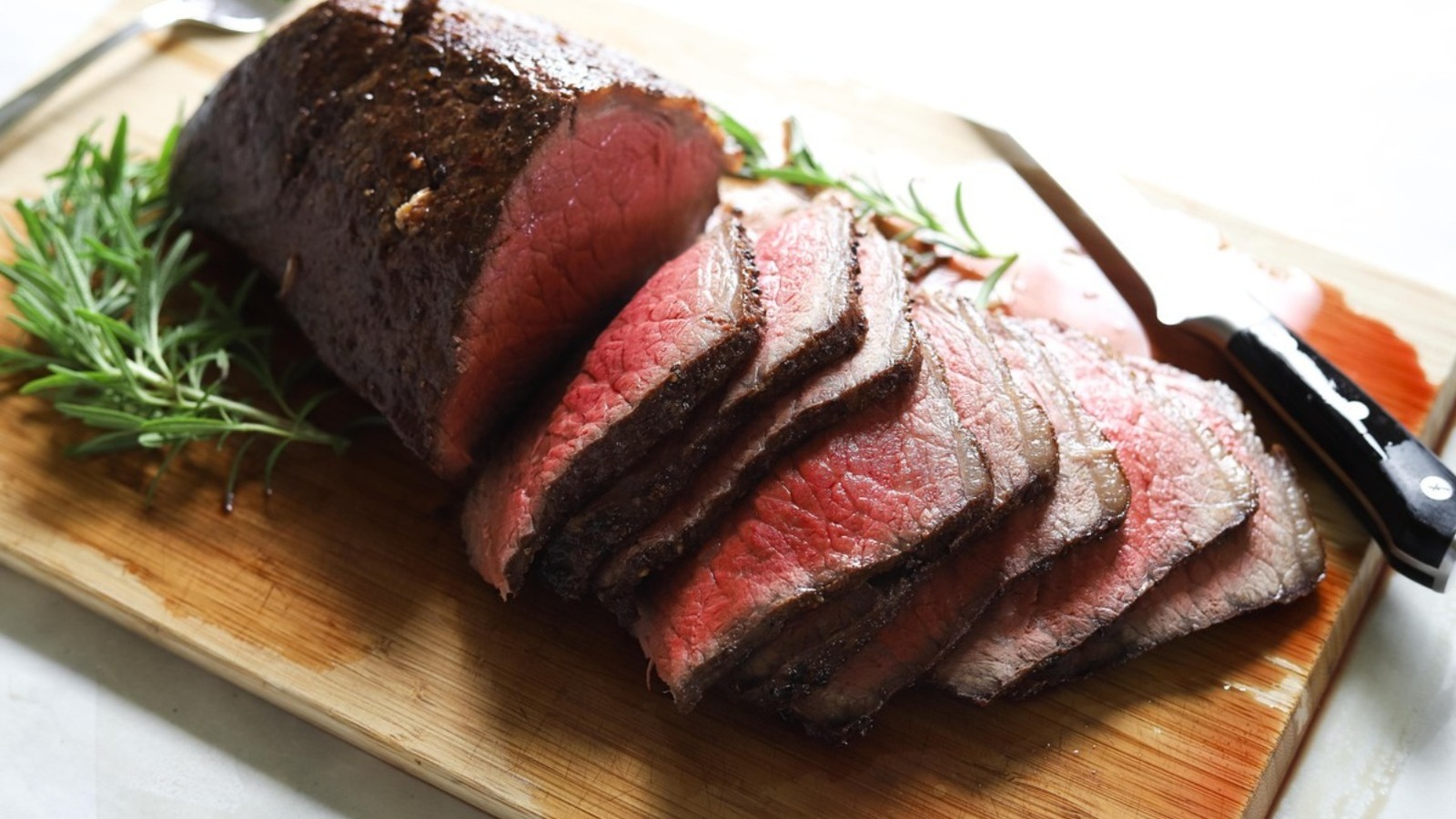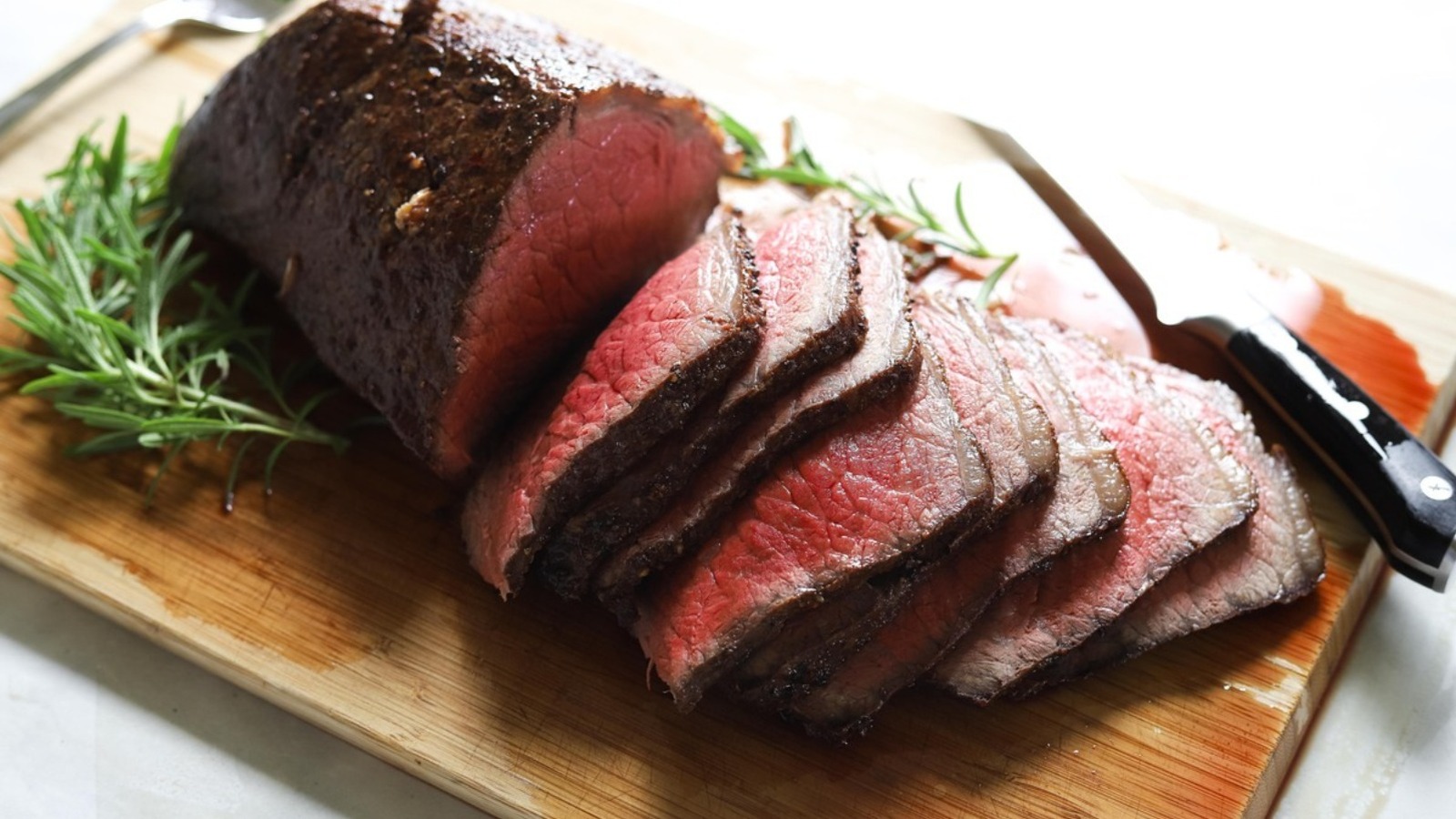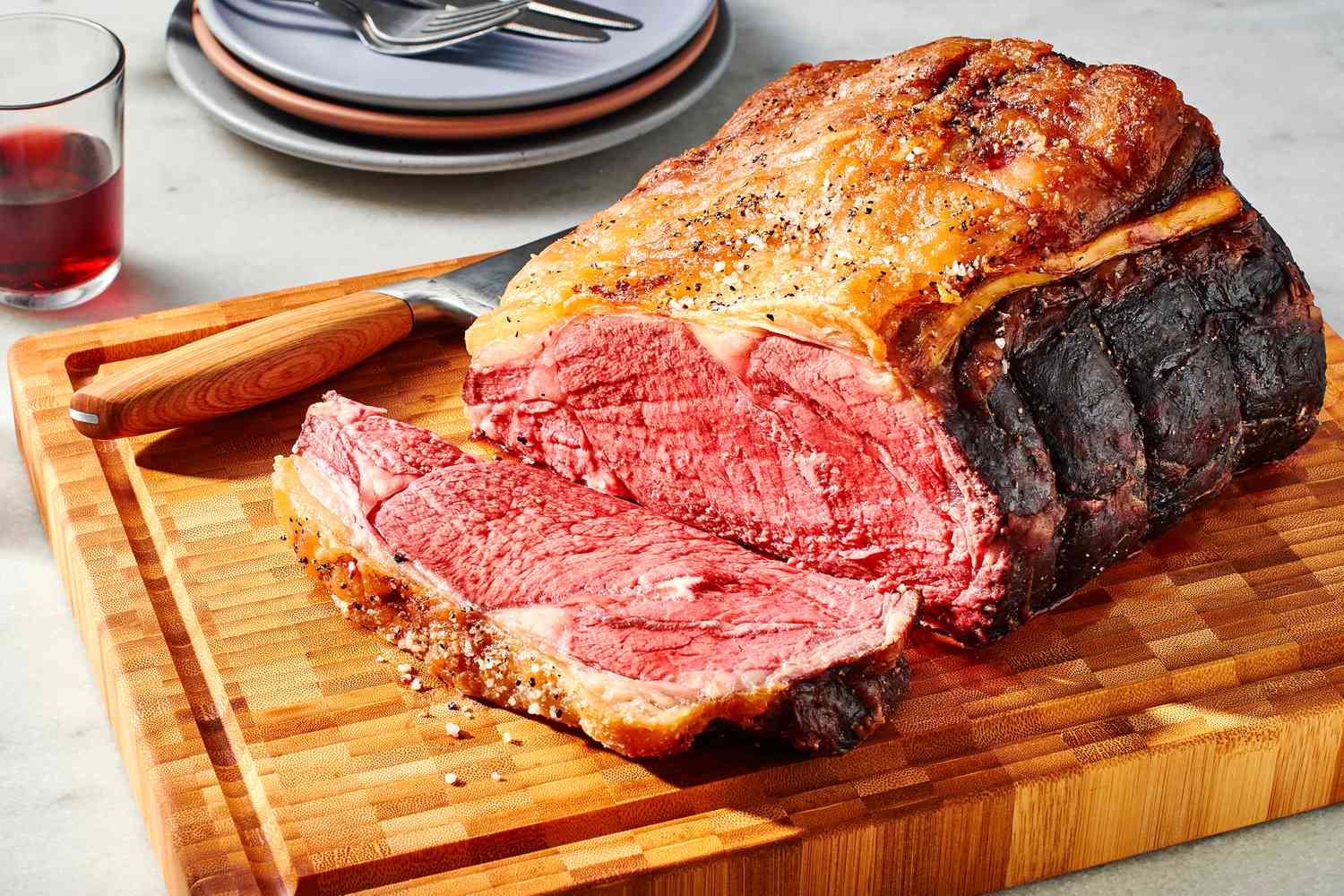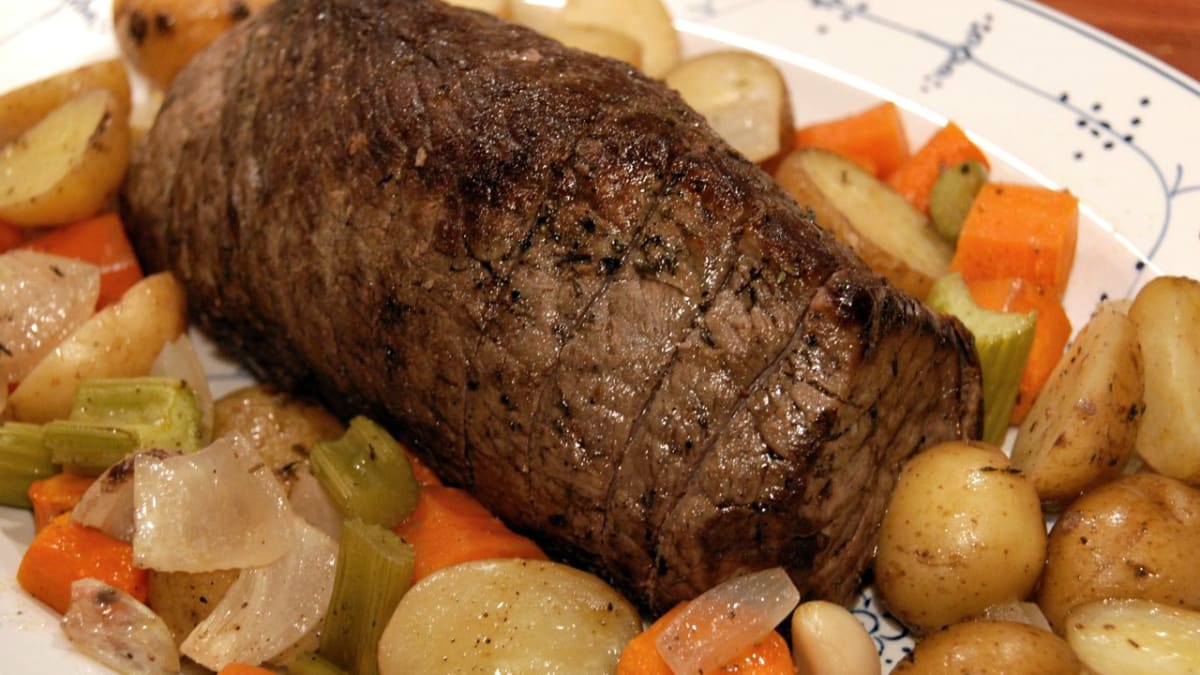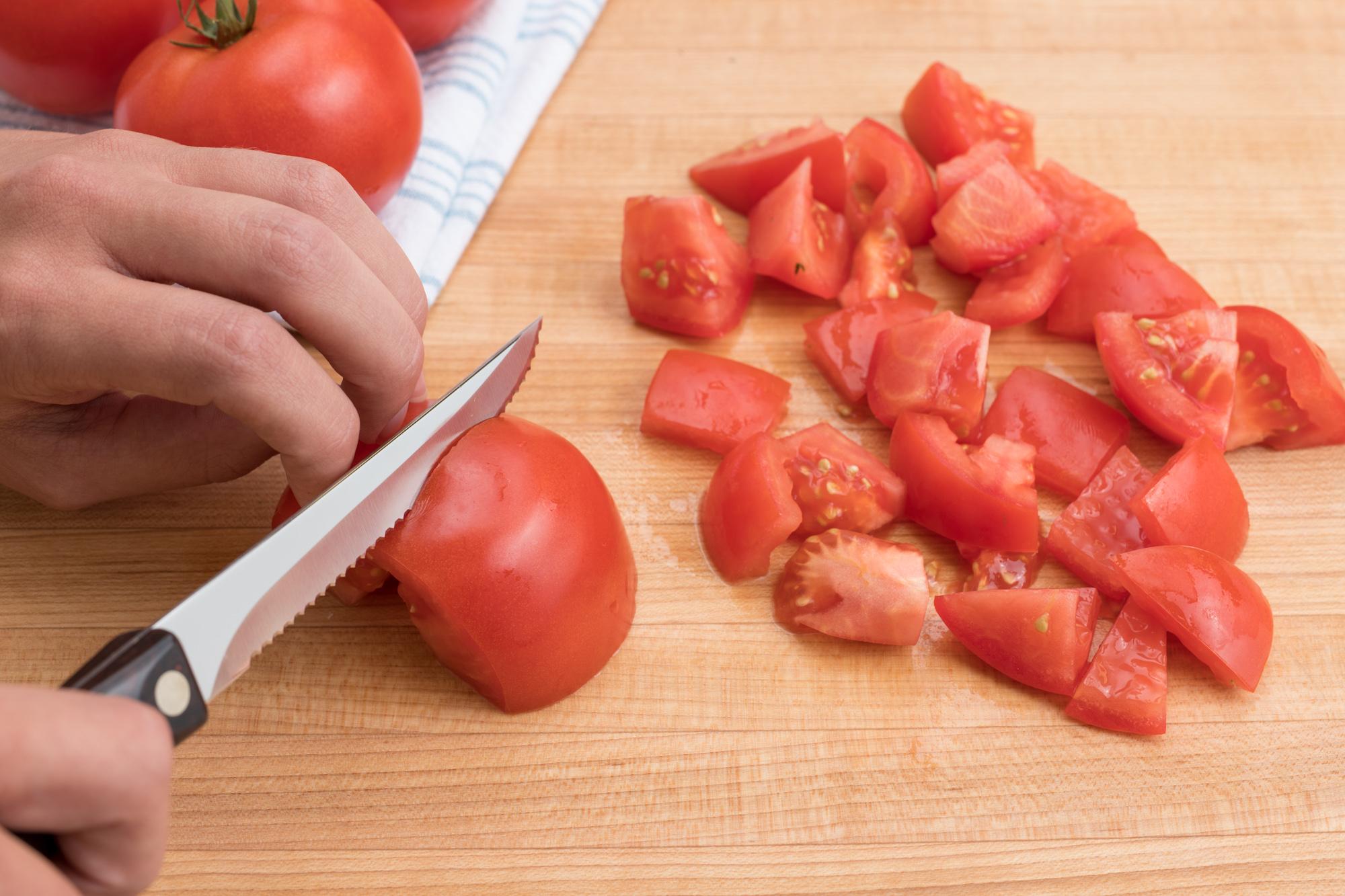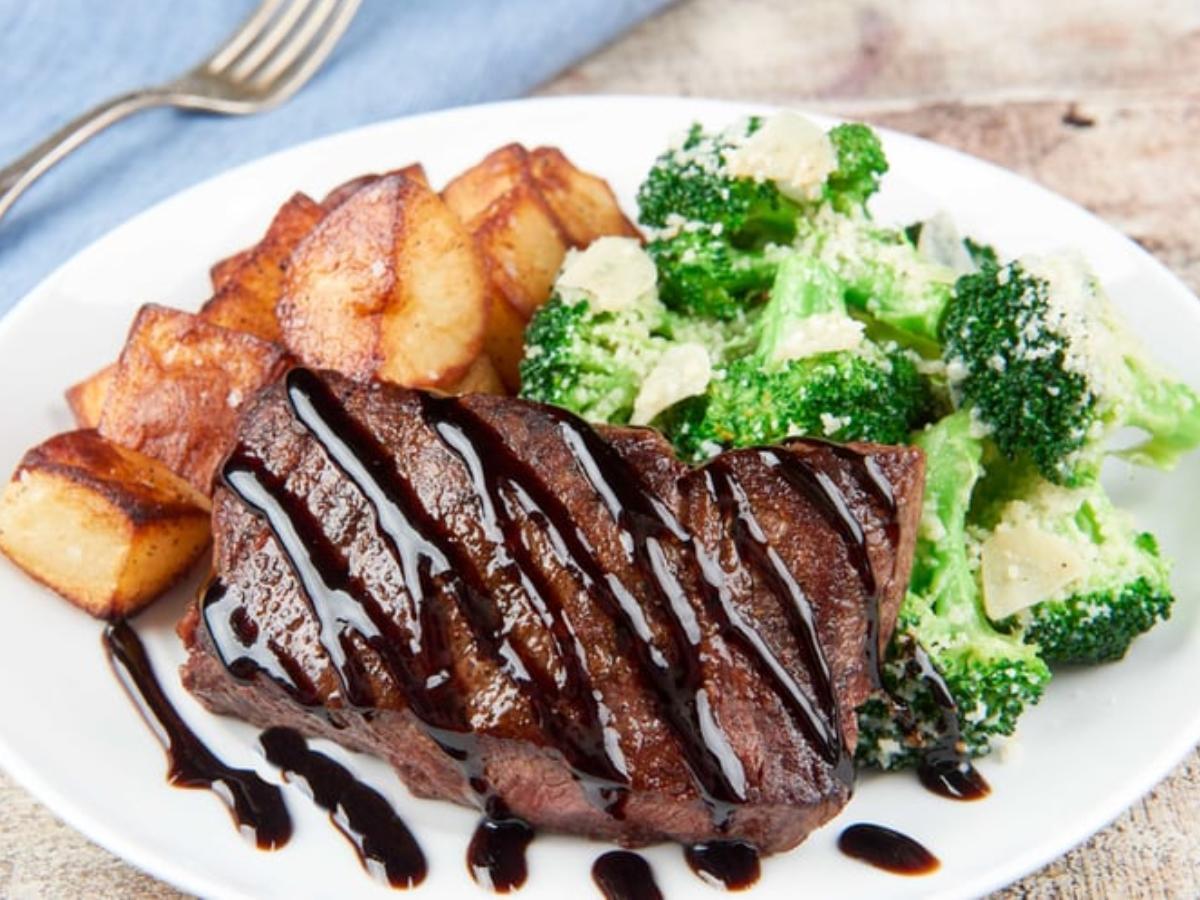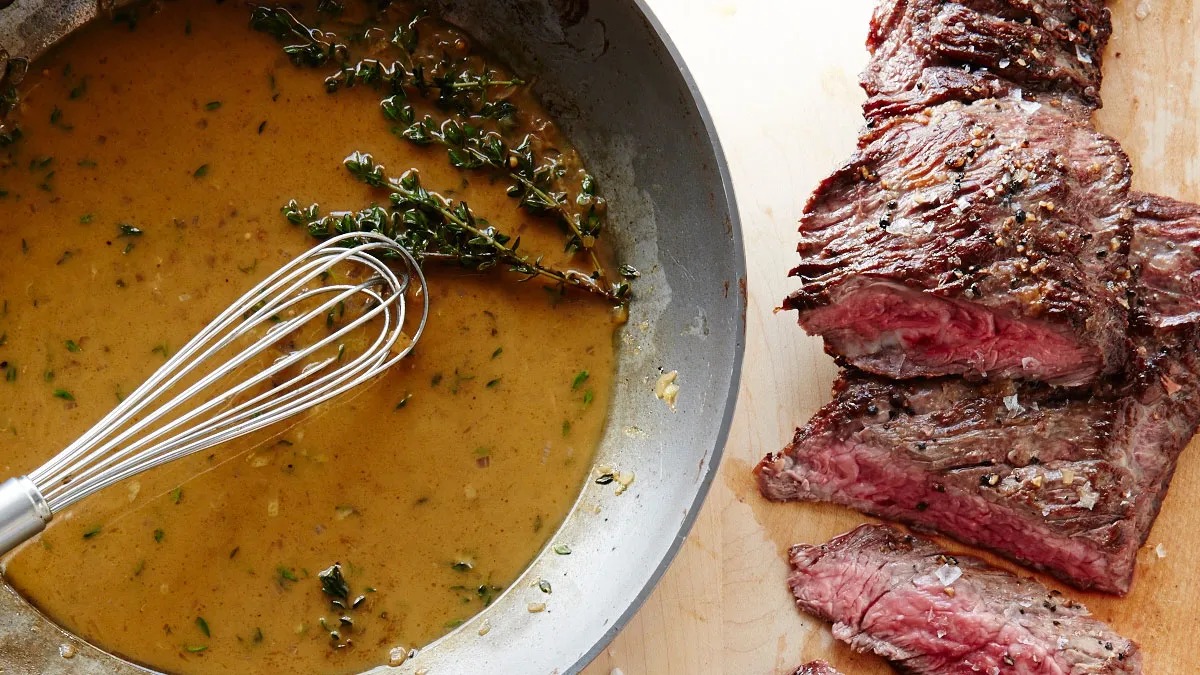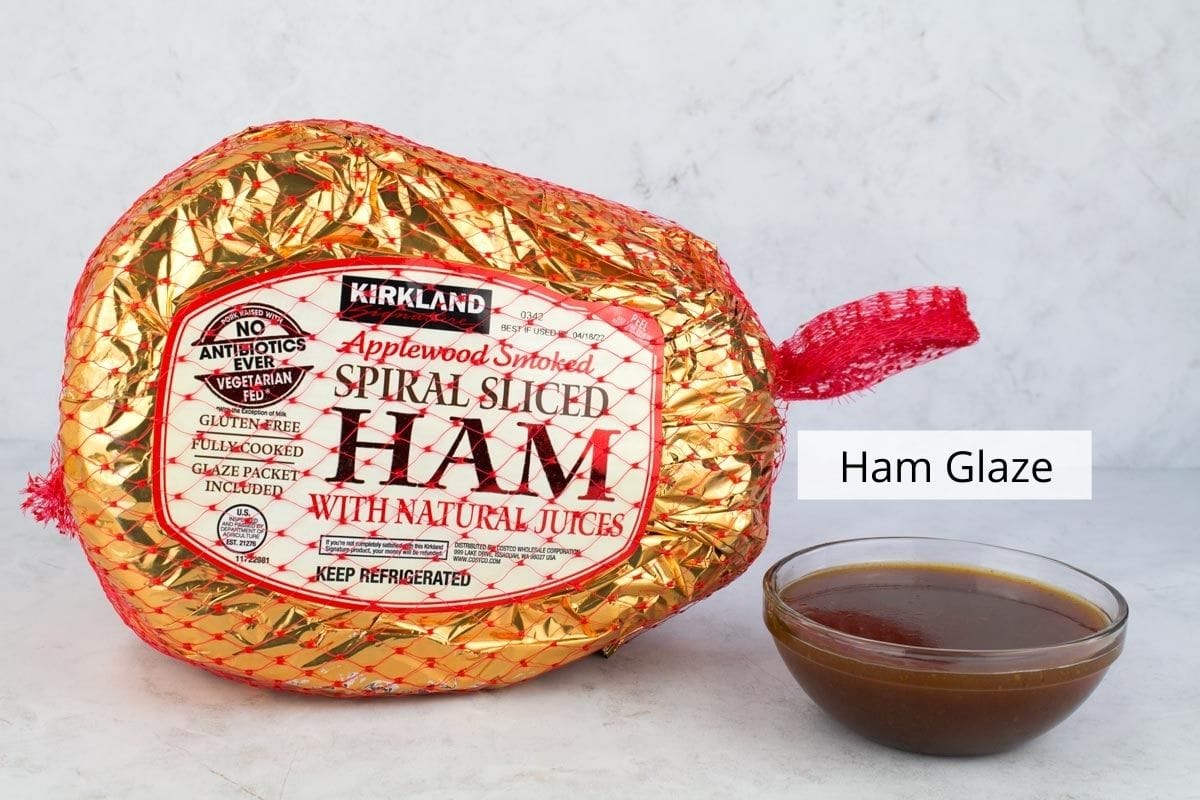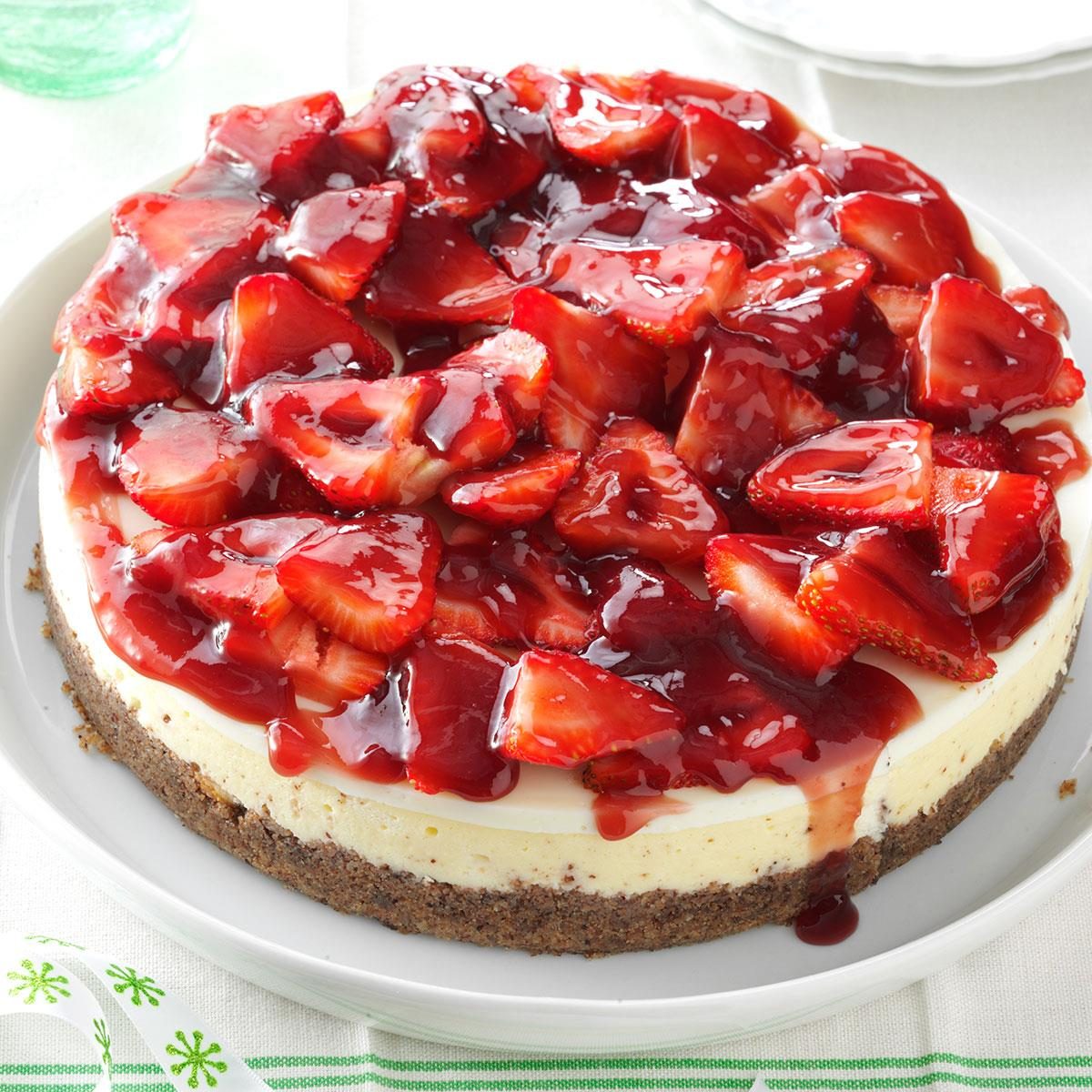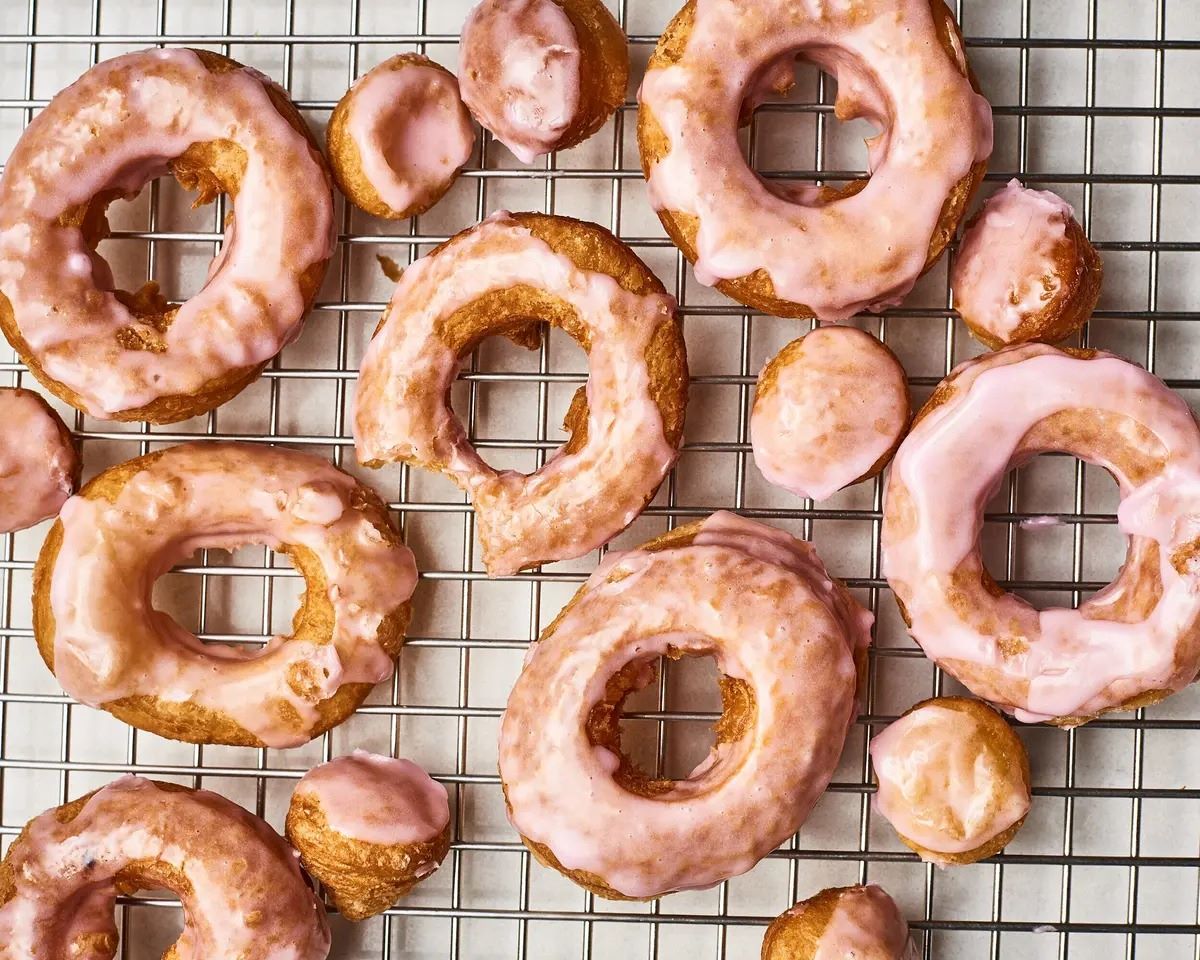Searing a rump roast transforms it from simple to spectacular, locking in flavors and juices that make each bite succulent. This technique, often overlooked, is the secret to elevating your roast to a new level of deliciousness. Whether you're an amateur chef or a seasoned home cook, mastering the art of searing will impress your guests and satisfy your culinary ambitions. With a hot pan, a bit of oil, and a good piece of meat, you're on your way to creating a mouthwatering centerpiece for your next meal. Let's dive into the steps to achieve that perfect sear on your rump roast.
Essential Ingredients for a Perfect Rump Roast
- 3 to 4 lb rump roast
- Salt
- Black pepper
- 2 tablespoons olive oil
- Optional: garlic powder, onion powder, dried herbs (such as rosemary or thyme)
Must-Have Tools for Searing a Rump Roast
- Heavy-bottomed skillet or cast iron pan
- Meat thermometer
- Tongs
- Cutting board
- Sharp knife
- Oven-proof dish (if finishing in the oven)
- Aluminum foil (for resting the meat)
Searing a rump roast involves heating oil in a pan until very hot, then browning the meat on all sides. This locks in flavors, creating a delicious crust.
The Secret Behind Searing a Rump Roast
Searing a rump roast is crucial for locking in juices and flavors, creating a delicious crust that enhances the meat's overall taste. This technique involves cooking the roast at high heat for a short period, ensuring a moist and flavorful interior.
This method not only improves texture and taste but also contributes to a more appealing presentation. The caramelization of the surface adds depth to the flavor profile, making the roast more enjoyable and satisfying to eat.
Your Ultimate Guide to Searing a Rump Roast
How To Sear A Rump Roast
-
Preparation
- Gather Ingredients: Ensure you have your rump roast, salt, pepper, and any other desired seasonings.
- Preheat Oven: Set your oven to 275°F (135°C). This low temperature will cook the roast gently after searing.
- Season Roast: Generously season all sides of the rump roast with salt and pepper. For added flavor, incorporate herbs like rosemary or thyme.
-
Searing
- Heat Skillet: Place a heavy, oven-proof skillet or cast iron pan on high heat. Let it get very hot, which might take about 3-5 minutes.
- Add Oil: Pour in a thin layer of high smoke point oil such as canola, vegetable, or grapeseed oil. Wait until the oil is shimmering but not smoking.
- Sear Roast: Carefully place the rump roast in the hot skillet. Sear each side until it develops a rich, brown crust, approximately 3-4 minutes per side. Don't forget to sear the ends of the roast as well.
-
Roasting
- Transfer to Oven: After searing, immediately transfer the skillet with the rump roast into the preheated oven.
- Cook to Desired Doneness: Roast until it reaches your preferred level of doneness. Use a meat thermometer to check the internal temperature. For medium-rare, aim for 135°F (57°C), which usually takes about 1.5 to 2 hours, depending on the size of the roast.
- Rest Before Slicing: Once done, remove the roast from the oven and let it rest on a cutting board for at least 10 minutes before slicing. This allows the juices to redistribute throughout the meat, ensuring it's moist and flavorful.
-
Serving
- Slice Against the Grain: Cut the rump roast into thin slices against the grain. This makes the meat more tender and easier to chew.
- Serve: Enjoy your perfectly seared and roasted rump roast with your favorite sides.
Mastering the Art of Rump Roast
Searing a rump roast isn't just about cooking; it's an art that transforms a simple piece of meat into a masterpiece of flavors. With the right heat, a bit of patience, and a dash of seasoning, you've got yourself a dish that's bound to impress. Remember, searing locks in those juices, making every bite as succulent as the first. Don't forget to let it rest before slicing; this step is crucial for that perfect finish. Whether you're a seasoned chef or a kitchen newbie, mastering this technique can elevate your cooking game. So, next time you're planning a meal that calls for a touch of elegance and a whole lot of flavor, give searing a rump roast a go. Trust me, your taste buds will thank you.
Readers looking to master the art of searing a rump roast will find a wealth of recipes to practice their newfound skills. The Garlic and Herb Crusted Rump Roast is a splendid choice for those who enjoy robust flavors, while the Red Wine and Rosemary Sear-Roasted Rump Roast offers a sophisticated twist with its aromatic herbs and wine infusion. For a comforting meal, the Sear-Roasted Rump Roast with Mushroom Gravy pairs the savory roast with a rich, earthy gravy. Adventurous cooks might try the Peppercorn Crusted Rump Roast for a spicy kick, or the Sear-Roasted Rump Roast with Chimichurri Sauce for a zesty, fresh finish. Each of these recipes provides a unique way to apply the searing techniques discussed, ensuring a flavorful and tender roast every time.
All Your Questions About Searing a Rump Roast Answered
How long should I sear a rump roast?
Aim for about 4-5 minutes on each side. You're looking for a rich, golden-brown crust to form, which locks in those juicy flavors.
What's the best temperature to sear a rump roast?
Crank up your stove to high heat. Getting the pan smoking hot is key for a perfect sear that'll give your roast an unforgettable flavor.
Can I sear a rump roast without oil?
Sure, but using a bit of high-smoke-point oil like canola or vegetable oil helps prevent sticking and ensures an even, crispy sear.
Why is resting the roast important after searing?
Resting allows the juices to redistribute throughout the meat, ensuring every bite is as delicious as the last. Give it at least 10 minutes before you slice into it.
What utensils should I use to flip the roast?
Tongs are your best friend here. They'll help you flip the roast without piercing it, which can cause those tasty juices to escape.
Is marinating the roast necessary before searing?
While not necessary, marinating can add depth and enhance the flavor. Even a simple rub of salt, pepper, and herbs can make a world of difference.
How do I know when the pan is ready for searing?
Water is a good tester. Flick a few drops into the pan; if they evaporate immediately or dance around, it's showtime.
